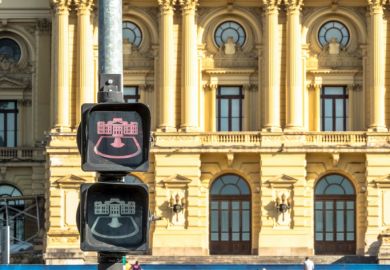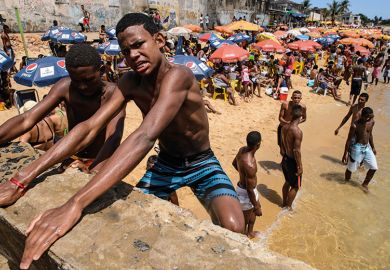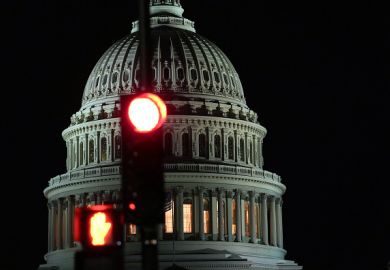Communities living in one of the most isolated regions of the world will soon have access to higher education courses, after the expansion of a distance learning scheme into the Amazon basin.
Starting from January 2019, prospective students and professionals living and working in towns and settlements along the Juruá River, in the far west of the Amazon, will be able to take degree courses through the federal-run Open University of Brazil.
The project, supported by Capes – Brazil’s main federal education funding body – is part of a wider initiative developed by the Brazilian army that aims to connect all the communities along the main Amazonian rivers with optical fibre internet cables.
The university scheme will be small in its initial stages, focusing on teacher training, but its leaders have expressed interest in expansion if a pilot run is successful.
Claudia Rocha Vidigal, a Brazilian researcher in the economics of education at the University of Minnesota, said the move represented a “significant development” towards greater inclusion of remote regions in Brazil, “in terms of economic independence, valorisation of culture and traditions, and social mobility”.
“The project will be developed in a very remote area and will probably be the main tool to connect people who live there to other areas in the country and the rest of the world,” she said, suggesting that such a move would lay the groundwork for future educational growth.
The target areas are “very poor and underdeveloped”, so “they really need access to higher education and other public policies to develop the area”, she said.
Brazil has introduced a series of policies in recent years in an attempt to reduce its stark social mobility gap. Quotas for school type and race apply, but access is still very limited for young people living in rural areas, particularly in the Amazon region, where some communities are accessible only by boat or plane.
At a time of dramatic cuts to higher education funding in Brazil amid an economic crisis and after the election of right-winger Jair Bolsonaro as president, it is easy to question how such a scheme can be financed. But according to Renato Pedrosa, a researcher in geosciences at the University of Campinas, the biggest investment came from the Brazilian military, which works independently of other central budgets.
“The [technology] is certainly expensive [but] comes from the army,” he explained. “The higher education development aspect does not seem to be very expensive, as it uses [pre-existing] capabilities.”
Register to continue
Why register?
- Registration is free and only takes a moment
- Once registered, you can read 3 articles a month
- Sign up for our newsletter
Subscribe
Or subscribe for unlimited access to:
- Unlimited access to news, views, insights & reviews
- Digital editions
- Digital access to THE’s university and college rankings analysis
Already registered or a current subscriber?








